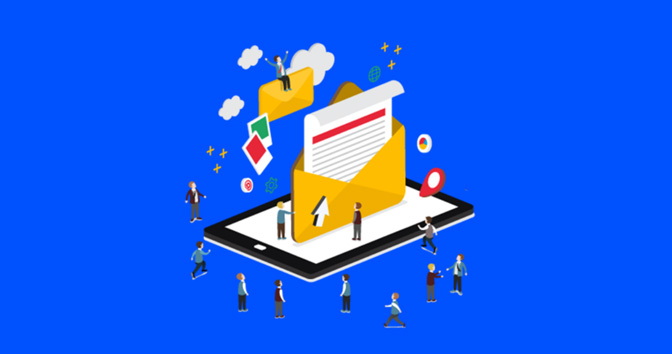
Contents
- Automated marketing
- Permission and regulation of privacy
- Expectations of the user
Automated marketing
This technological revolution transformed email marketing from a labor-intensive, spreadsheet-driven manual process to a near-seamless production in which the majority of work is spent setting up background processes.
Dashboards automate nearly every aspect of email marketing, from acquisition to message creation, launch timing, and optimization, as well as list management and quality assurance. The benefit to marketers is obvious – by delegating the heavy lifting of day-to-day marketing to automation, the marketing team can focus its efforts on strategy and goal achievement.
Permission and regulation of privacy
Permission has evolved from a nebulous concept to a best practice and, in many countries, to a legal requirement. Also, permission continues to evolve, as permission is now inextricably linked to privacy expectations, both personally and legally in nearly every country with commercial email senders.
The Wild West days of purchasing email lists and scraping addresses from the internet have devolved into illegal activity or strictly outlier behavior as a result of country-specific legislation such as CAN-SPAM in the United States and Canada’s Anti-Spam Law, as well as federation legislation such as the European Union’s General Data Protection Regulation.
Expectations of the user
Email marketers (and their texting cousins in SMS) must balance the channel and their use of it or risk facing backlash, not just from recipients, but also from the channel’s guardians.
Consumers used to get excited when they saw messages from their favorite brands in their inboxes. Email fatigue is a well-documented reason for consumers to unsubscribe from brand emails or ignore unwanted messages.
Over time, email recipients have developed a heightened expectation of the commercial messages they choose to receive. Apart from obtaining their permission first and maintaining an email frequency that is compatible with their inbox capacity, they expect brands to send them relevant, personalized emails based on the data they have volunteered. When a brand fails to live up to those expectations, consumers unsubscribe, disregard, or report the emails as spam.